LargeSlowTarget
Posts: 4443
Joined: 9/23/2000
From: Hessen, Germany - now living in France
Status: offline

|
#3: Unfortunately not - the supply convoys are limited to deliver weapons like arty, vehicles, tanks etc. that can be found on the "Devices" tab in the editor - aircraft are in a seperate category.
#4 The Dutch did order numerous B-25s and received some - I quote from http://www.joebaugher.com/usaf_bombers/b25_23.html:
During the Second World War, the Mitchell served in fairly large numbers with the air force of the Dutch government in exile. They participated in combat both in the East Indies as well as on the European front. Following the war, they were used in a vain attempt of the Dutch to retain control of Indonesia.
On June 30, 1941, the Netherlands Purchasing Commission, acting on behalf of the Dutch government in exile in London, signed contract 71311/NA with North American Aviation for 162 B-25C aircraft under the company designation NA-90. The planes were to be delivered to the Netherlands East Indies to help deter any Japanese aggression into the region.
The first planes were to be delivered in November 1942, with the remainder being delivered by February 1943. Deliveries were to begin as soon as all 184 B-25, B-25A and B-25B aircraft on the original Mitchell order, plus all 863 B-25Cs of contract AC16070 had been delivered to the USAAF.
In July of 1941 General Carl Spaatz notified the Netherlands Purchasing Commission that three B-25s would be released to the Dutch in September for training. On August 11, Spaatz informed the Dutch that an accelerated delivery schedule had been approved, with 42 planes scheduled for delivery from March through September 1942, 36 during October and November, 72 during during December, and the last 12 planes to be delivered by February 1943. These planes were not to be equipped with the Norden bombsight, which was considered highly secret at the time and was not cleared for export. The British Mark XIV or the Sperry sight were proposed as possible alternatives, but the Dutch were not pleased with not having access to the top of the line equipment.
War came to the Dutch in the East Indies sooner than anyone expected. Following Pearl Harbor, there were pressures by the Dutch for even more rapid delivery of their Mitchells, as well as pressures by the USAAF for use of these planes by itself. However, it was ultimately concluded that the augmentation of Dutch strength in the East Indies was in America's own self-interest, and so on January 21 an emergency allocation of 60 B-25s was approved for delivery to the Netherlands East Indies Air Force (NEIAF) at Archerfield, Australia and Bangalore, India. These planes would be immediately diverted from USAAF deliveries, and would be replaced later by an equal number of planes drawn from the NA-90 contract.
These planes were delivered equipped with Norden bombsights, since the Sperry alternates were not available and the B-25 had been produced to accommodate the Norden. The time and effort to refit the planes for the Sperry sight would have caused unacceptable delays in deliveries, and the US government somewhat reluctantly approved the inclusion of the Norden in the Dutch planes.
On January 28, 1942, the US Ferry Command was ordered to arrange for transport of these sixty planes. The Consolidated Aircraft Corporation through its subsidiary Consairways was contracted to ferry eight planes in February, 16 in March and from then on 15 to 32 per month until the delivery was complete.
In February, the British Overseas Airways Corporation (BOAC) agreed to ferry 20 of the Dutch B-25s from Florida to Australia via Africa and India, and an additional ten via the South Pacific route from California.
During March, five of the airplanes on the Dutch order had reached Bangalore, India and 12 had reached Archerfield in Australia.
Unfortunately, these planes were too late to help stem the Japanese advance, and the Netherlands East Indies capitulated to the Japanese on March 9. The United States government no longer recognized the NEIAF as an independent fighting force.
The B-25s in India (NEIAF serials N5-139, N5-143, N5-144, N5-145, and N5-148) were requisitioned by the RAF and were modified to photographic reconnaissance configuration. Two of them were assigned RAF numbers MA956 and MA957, but the other three retained their NEI numbers of N5-144, 145, and 145. All were eventually assigned to No 681 Photographic Reconnaissance Squadron in India.
It was agreed that the B-25s in Australia would be used as the nucleus of a new squadron, designated No. 18. This squadron would be staffed jointly by Australian and Dutch aircrews plus a smattering of aircrews from other nations, but would operate at least initially under Royal Australian Air Force command. However, the B-25s of No. 18 Squadron would be painted with the Dutch national insignia (at this time a rectangular Netherlands flag) and would carry NEIAF serials.
However, the Archerfield B-25s were immediately "requisitioned" by the USAAF in the desperate attempt to halt the Japanese advance toward Port Moresby. It was agreed that the Dutch government would be credited accordingly, or else the planes would be replaced on a one-to-one basis by later deliveries. The next batch of B-25Cs were promised to the Dutch, but these too were seized by the USAAF. The first five B-25Cs delivered to this squadron had carried the NEIAF serial numbers N5-132, N5-134, N55-135, N5-136 and N5-151. In late June, another five (N5-122, N5-124, N5-125, N5-126, and N5-127) were delivered, apparently replacing the first five B-25Cs which had "disappeared" into USAAF service during the interim.
It was not until August of 1942 that No 18 Squadron finally received its "permanent" supply of Mitchells, all new deliveries from the North American factory. Although most of the crew members in No. 18 Squadron were Dutch or Australian, there were representatives of no fewer than 38 nationalities who spoke 13 different languages. No. 18 Squadron spent most of its time in training around Canberra and in antisubmarine patrols. In December of 1942, 18 Squadron moved to a new base at MacDonald in the Northern Territories.
Discounting the ten "temporary" B-25s delivered to 18 Squadron in early 1942, a total of 150 Mitchells were taken on strength by the NEIAF, 19 in 1942, 16 in 1943, 87 in 1944, and 28 in 1945. They flew bombing raids against Japanese targets in the East Indies. In 1944, the more capable B-25J Mitchell replaced most of the earlier C and D models. As the Japanese were pushed farther back, enemy targets became progressively more distant from Australian bases, and some thought was given to replacing the Mitchell in Dutch service with the longer-ranging B-24 Liberator. However this plan came to naught.
After the war, No. 18 Squadron was formally transferred from Australian to Dutch control on January 17, 1946. It became a unit of the Royal Dutch Indies Army--Army Aviation (KNIL-ML) and was part of the occupation force on Sumatra and Java that took over after the Japanese left. However, scarcely had the war ended when the Dutch B-25s were in combat yet again--this time against Indonesian rebels who wanted independence from Holland. Combat missions were flown by No. 18 Squadron with B-25s equipped with both medium bomber and with attack noses. In the post-war period several other Dutch units based in the East Indies flew B-25s. No. 16 Squadron was formed in November 1946 with 9 B-25Js. It operated from Palembang until merging with No. 18 Squadron in August 1948. A conversion school operated twelve B-25s at Piak from mid-1946 until August 1948, retraining former POWs as well as new pilots from Holland. A photographic reconnaissance unit was formed in January 1947 with five B-25s, two P-51s, and one P-40N. It merged with 18 Squadron in August of 1948. No 19 Squadron had been formed in 1944 as NEI No. 1 Transport Squadron and in August 1945 was equipped with C-47s and about twelve B-25s that had been converted into transports. It was redesignated No. 20 Squadron and operated until December 1947.
< Message edited by LargeSlowTarget -- 3/24/2014 5:27:51 PM >
_____________________________
|
 Printable Version
Printable Version
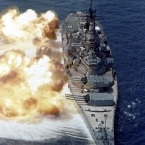
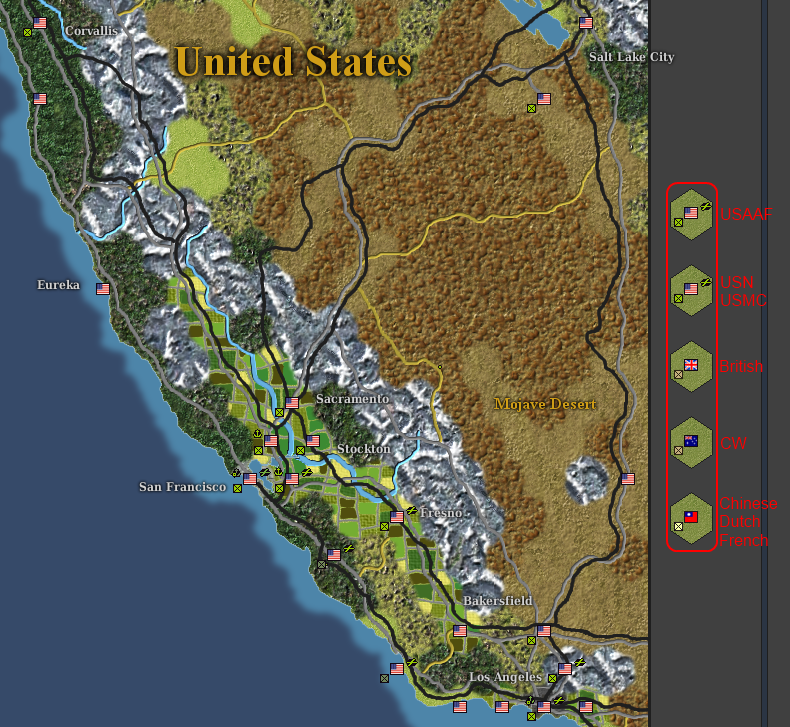

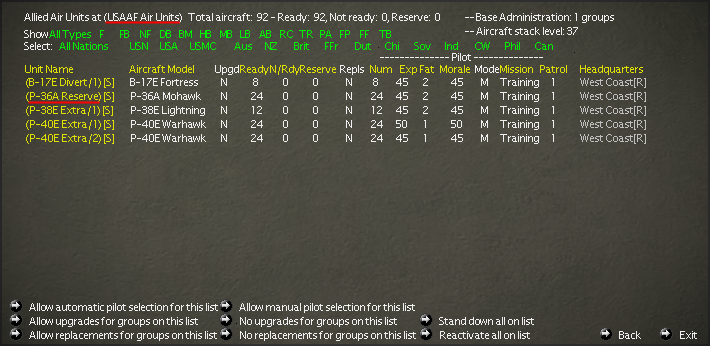

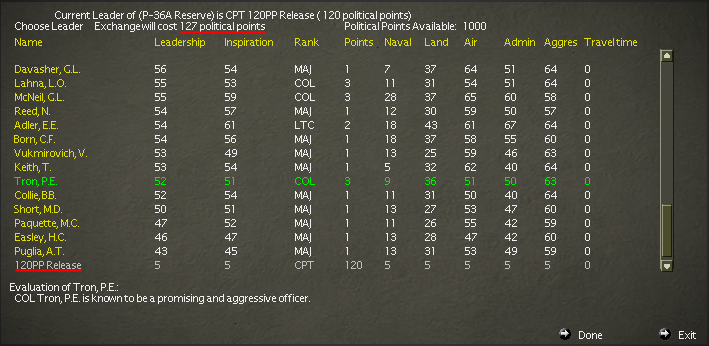
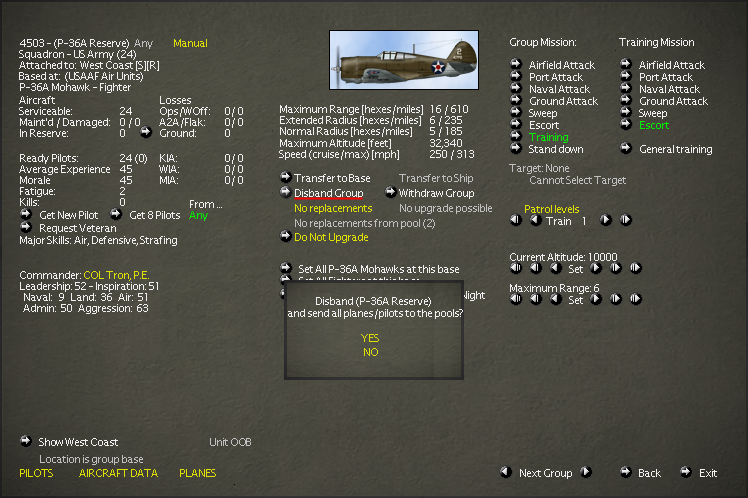
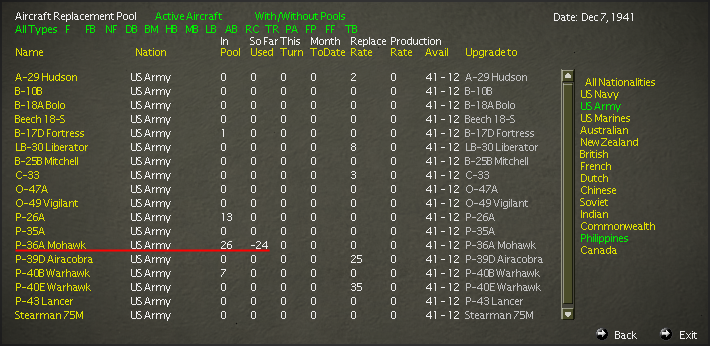
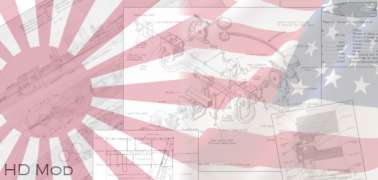





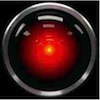



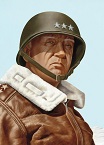










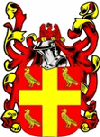

 New Messages
New Messages No New Messages
No New Messages Hot Topic w/ New Messages
Hot Topic w/ New Messages Hot Topic w/o New Messages
Hot Topic w/o New Messages Locked w/ New Messages
Locked w/ New Messages Locked w/o New Messages
Locked w/o New Messages Post New Thread
Post New Thread